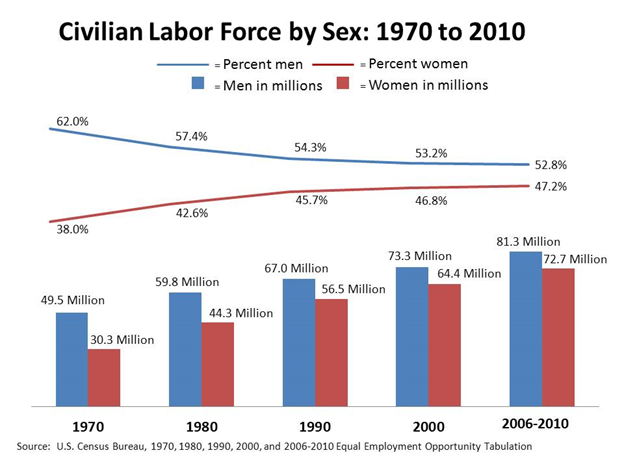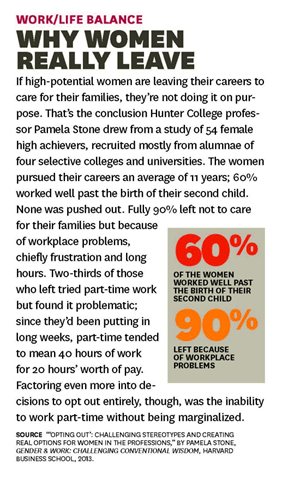[1] Alkon, Alison Hope , & Agyeman, Julian (Eds.). (2011). Cultivating food justice: race, class, and sustainability. Cambridge, Mass.: MIT Press.
[2] Bell, Myrtle P., & Kravitz, David A. (2008). From the Guest Co-Editors: What Do We Know and Need to Learn About Diversity Education and Training? Academy of Management Learning & Education, 7(3), 301-308.
[3] Berger, Ida E., Cunningham, Peggy, & Drumwright, Minette E. (2007). Mainstreaming Corporate Social Responsibility: Developing markets for virtue. California Management Review, 49(4), 132-157.
[4] Brown, Kathleen M. (2004). Leadership for Social Justice and Equity: Weaving a Transformative Framework and Pedagogy. Educational Administration Quarterly, 40(1), 77-108.
[5] Carroll, Archie B. (1979). A Three-Dimensional Conceptual Model of Corporate Performance. Academy of Management Review, 4(4), 497-505.
[6] Dhargalkar, Kaustubh, & Tsai, Chih-Ling. (2013, September/October). Thinking Outside the B-School Box. BizEd.
[7] DiMaggio, Paul J., & Powell, Walter W. (1983). The iron-cage revisited: Institutional isomorphism and collective rationality in organizational fields. American Sociological Review, 48(2), 147-160.
[8] Dougherty, Deborah. (1992). Interpretive Barriers to Successful Product Innovation in Large Firms. Organization Science, 3(2), 179-202.
[9] Editors. (2013). Women In The Workplace: A Research Roundup. Harvard Business Review, 91(9), 86-89.
[10] Fligstein, Neil. (1985). The Spread of the Multidivisional Form Among Large Firms, 1919-1979. American Sociological Review, 50(3), 377-391.
[11] Freeman, R. Edward. (1984). Strategic management: A stakeholder approach. Boston: Pitman. Garrette, Bernard, & Karnani, Aneel. (2010). Challenges in Marketing Socially Useful Goods to the Poor. California Management Review, 52(4), 29-47.
[12] Kantor, Jodi. (2013, September 8). Harvard Business School Case Study: Gender Equity. New York Times.
[13] Kelly, Erin, & Dobbin, Frank. (1998). How Affirmative Action Became Diversity Management. Employer Response to Antidiscrimination Law, 1961 to 1996. American Behavioral Scientist, 41(7), 960-984.
[14] Kochan, Thomas, Bezrukova, Katerina, Ely, Robin, Jackson, Susan, Joshi, Aparna, Jehn, Karen, et al. (2003). The effects of diversity on business performance: Report of the diversity research network. Human Resource Management, 42(1), 3-21.
[15] Marlowe, David, & Crowne, Douglas P. (1961). Social desirability and response to perceived situational demands. Journal of Consulting Psychology, 25(2), 109-115.
[16] Meyer, John W., & Rowan, Brian. (1977). Institutionalized Organizations: Formal Structure as Myth and Ceremony. American Journal of Sociology, 83(2), 340-363.
[17] North, Douglass C. (1991). Institutions. Journal of Economic Perspectives, 5(1), 97-112.
[18] Oliver, Christine. (1991). Strategic Responses to Institutional Processes. Academy of Management Review, 16(1), 145-179.
[19] Palmer, Donald A., Jennings, P. Devereaux, & Zhou, Xueguang. (1993). Late Adoption of the Multidivisional Form by Large U.S. Corporations: Institutional, Political, and Economic Accounts. Administrative Science Quarterly, 38(1), 100-131.
[20] Prahalad, C. K., & Mashelkar, R. A. (2010). Innovation's Holy Grail. Harvard Business Review, 88(7/8), 132-141.
[21] Rusinko, Cathy A. (2010). Integrating Sustainability in Management and Business Education: A Matrix Approach. Academy of Management Learning & Education, 9(3), 507-519.
[22] Scott, W. Richard. (2001). Institutions and Organizations. Thousand Oaks, CA: Sage Publications.
[23] Thomas, David A., & Ely, Robin J. (1996). Making Differences Matter: A New Paradigm for Managing Diversity. Harvard Business Review, 74(5), 79-90.
[24] Treacy, Michael, & Wiersema, Fred D. (1995). The discipline of market leaders: choose your customer, narrow your focus, dominate your markets. Reading, MA: Addison-Wesley Pub. Co.
[25] U.S. Census Bureau. (2012, November 29). Census Bureau Releases Equal Employment Opportunity Tabulation that Provides a Profile of America's Workforce U.S. Census Press Release.
[26] Wrong, Dennis H. (1961). The Oversocialized Conception of Man in Modern Sociology. American Sociological Review, 26(2), 183-193.

